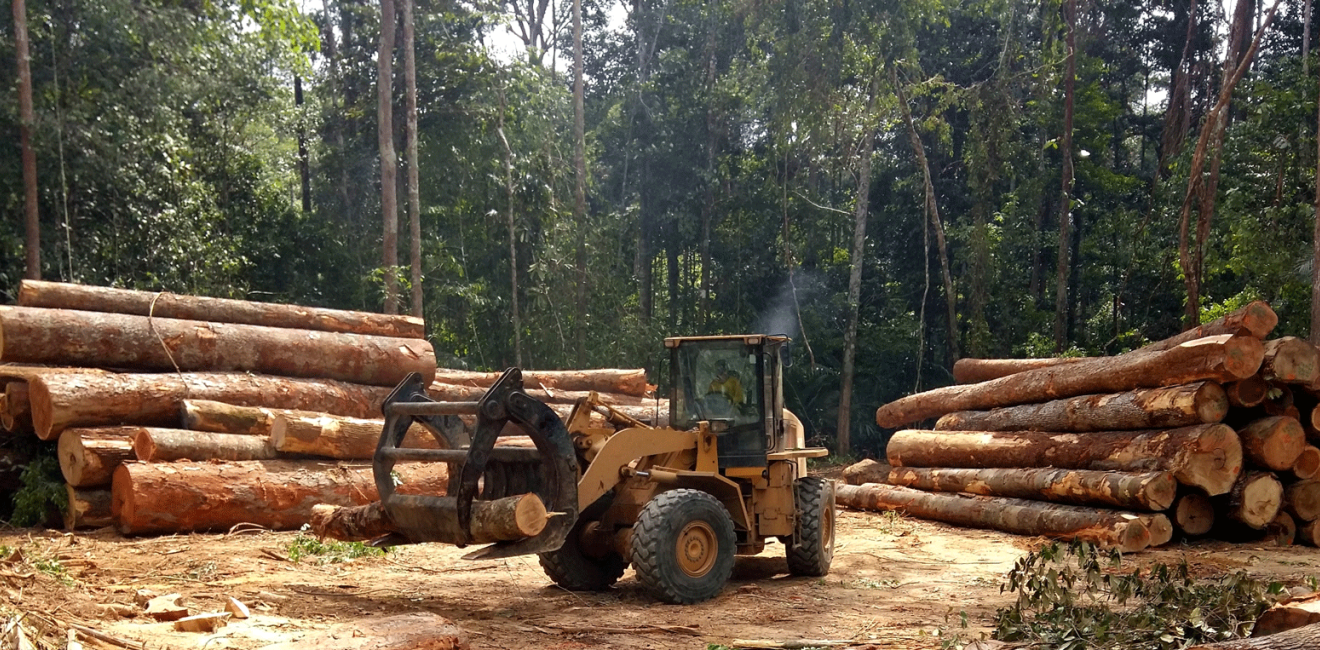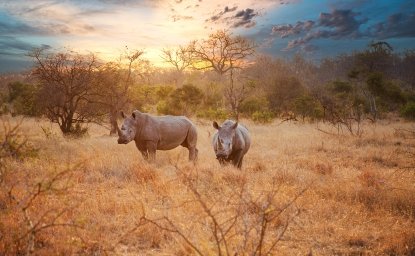
A blog of the Wilson Center

In the first quarter of this year, 64 percent more of Brazil’s Amazon rainforest was destroyed than in the same period a year ago.
Between January and March of 2022, 363 square miles of Amazon rainforest—an area roughly the size of New York City—was deforested in Brazil, the highest quarterly rate of deforestation the country has ever seen.
The fact that throughout the past 20 years the Amazon rainforest—also known as the “lungs of the world”—has been devastated by deforestation is hardly news. Between 2001 and 2021, Brazil lost 62.8 million hectares of tree cover, nearly 12% of the country’s total tree canopy.
When Luiz Inácio Lula da Silva recaptured the presidency on October 30, it signaled a significant shift in deforestation rates. “Lula,” who campaigned on a promise to end illegal logging and mining and to push farmers to use land that has already been cleared, announced in his acceptance speech that he aims to “fight for zero deforestation.”
That matters not only for the people of Brazil, but also for the world, as the immense Amazon rainforest helps to stabilize the local and global climate by storing about 90-140 billion tons of carbon. Deforestation releases significant amounts of that carbon, with negative effects that ripple around the world.
It matters because even as countless scientists, conservationists, and political leaders have sounded alarm bells regarding both habitat destruction and the growing number of climate catastrophes (like the devastating floods in Pakistan)—the rate of deforestation has accelerated to its fastest pace since 2008.
Nor do the first quarter deforestation numbers appear to be an anomaly. The trend continued in April, when Brazil’s Deforestation Alert System detected deforestation in 119,700 hectares, an area slightly smaller than the city of Rome. That represented a jump of 54 percent compared to April 2021, and marks the first time that deforestation surpassed 100,000 hectares during the rainy season.
In the past, the main driver of deforestation has been the creation of subsistence farmland. Now, however, large scale, corporate farms seem to be the largest culprit. Of the 119,700 hectares deforested in April, 74 percent of the cutting took place in private areas or in areas currently in the process of becoming private land, primarily to create pastures for cattle. Clear cutting forests is the cheapest and easiest way to establish an informal claim to land, and in some parts of the Amazon, the newly cleared land can be valued at more than eight times its previous worth when it was covered with a standing forest.
While most discussions about deforestation focus on the impact on carbon emissions, the related loss of habitat has also become a matter of worldwide concern. The most recently released “Living Planet Report” from the World Wildlife Fund and Zoological Society of London, asserts that wildlife populations have dropped nearly 70 percent since the 1970s, and that Latin America and the Caribbean have seen the sharpest decline of all.
While most believe that Lula’s election will significantly change deforestation rates in Brazil, the new president won’t actually take office until January. Most observers believe that deforestation will ramp up to some of the highest rates ever as harvesters try to take advantage of the remaining days of Bolsonaro’s policies and approach.
Author

Explore More in Stubborn Things
Browse Stubborn Things
Spying on Poachers

China and the Chocolate Factory

India: Economic Growth, Environmental Realities
